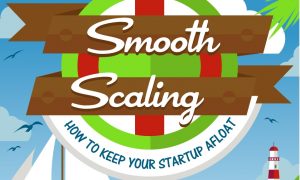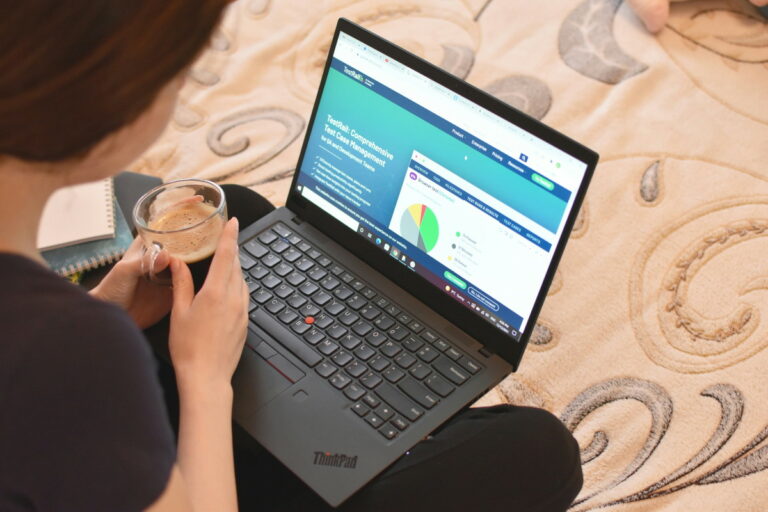
For many, the really hard part in making sales or winning new work is securing that first meeting. Once that’s done, the next stage is getting your prep done so that you can maximise this hard-earned opportunity.
This is when business owners and sales reps start to think about their messages, what they want to get across to their prospect, and how they want to get it across. In many cases they feel that since their prospect hasn’t met them before, they’re going to have to reel out a PowerPoint presentation to show them how good they are. Which leads to…
Death by PowerPoint.
Seriously, this isn’t the time to bring out the big 50+ page slide deck. Put yourself in your client’s or prospect’s shoes. Would you really want to stare at a screen and be talked at for what would probably seem like an eternity?
Of course, the answer is no. You don’t hear people talking about ‘death by PowerPoint’ for no reason. However, perhaps because of our need to feel confident in what we’re talking about, the use of brochures, slide decks etc is rife in first meetings.
Winning a busy investor over with a presentation – really?
I saw a great example of why PowerPoint presentations simply don’t work when I was watching Million Dollar Listing Los Angeles recently. The real estate agents were trying to secure the business of a major investor. Like many diligent professionals, they had done their preparation. In fact, one of them announced to camera, “We’ve prepared a PowerPoint presentation that’s going to blow his mind, after that there’s no way he’s going to say no!” In my eyes, it was obvious what was going to happen next.
The investor said something like “I don’t want to see your presentation, what do you have that might be of interest to me?” The good news for the agents was that their client was direct at the start, and whilst they had to scramble, they did recover and manage to win his business. But that was LA; we operate in the southern hemisphere, where people are far less direct. In fact, I suspect many Kiwis would sit through a presentation they have no interest in rather than say something.
So why is it a good idea to leave the slide deck at home?
It’s a barrier to human connection. Pretty much every study from leading institutes or sales leaders agrees that people buy based on emotions, rather than facts. While your slide deck might be a lovely ‘comfort blanket’ for you, it is a barrier to you building a connection or rapport with your prospect. They’ll stare at a screen or brochure and will actually take in a lot less of what you are talking about.
You’re likely to just talk about your offering. In your mind, you might think this is the point – after all, they don’t know you, so now’s your chance to make sure that they do. But this is a flawed strategy; mainly because it’s way too early for you to be pushing your message, as it will be only be based on an assumption that you know what they want, and how you can solve it.
It’s far better to use this time to find out what’s happening with their business and what they are trying to achieve. It may be that right now they don’t need your product or service, but instead need help with something else, which is a great place to start. You can really build trust by working with them to find the answer to what is holding their business back.
They won’t want a repeat of your website. Even if you’re a small business, entrepreneur, solopreneur etc with no instantly recognisable brand, if someone’s agreed to meet with you they will almost certainly have done one of these three things:
- Looked at your company website
- Looked at your and possibly your company’s LinkedIn profiles
- Googled you.
Chances are they will have done all three. So they won’t want a talking repeat of what they already know.
You won’t be listening. Over 15 years ago I used to sell eLearning to organisations across London. At some point my prospects would ask to see a demo of the product. Through this process, I realised that doing a demo and listening at the same time is a very tricky skill to master. It was far better to let the prospect take the controls, talk them through it and have a conversation. You’ll be listening more and they’ll have a better experience.
It soon became commonplace in these meetings to just have a conversation; the laptop was never opened. And it was these meetings which led to my best relationships, and subsequently clients.
It’s too early. It’s a bit like telling someone your life history on a first date, complete with a 100 photo slide show of the main moments in your life. I think if you do this, you won’t get a second date. It’s the same in business; it’ll fall flat. It will also feel generic and about you, not tailored to them.
I once coached a sales rep who confided in me that she felt she needed to change her presentation as her current one wasn’t working – she was using the same one no matter who the client was! Instead of just updating her slide deck, we changed her whole approach to asking questions and being curious. Since then she hasn’t looked back.
So, in summary, leave the slides at home. After all, what’s the point of the meeting if you’ve already produced a document that they can read themselves? This approach is generic, invariably of little interest to the client, and may also prevent genuine dialogue – and therefore opportunities. If the initial conversation goes well, this is the perfect time to create a document customised to their specific needs.








